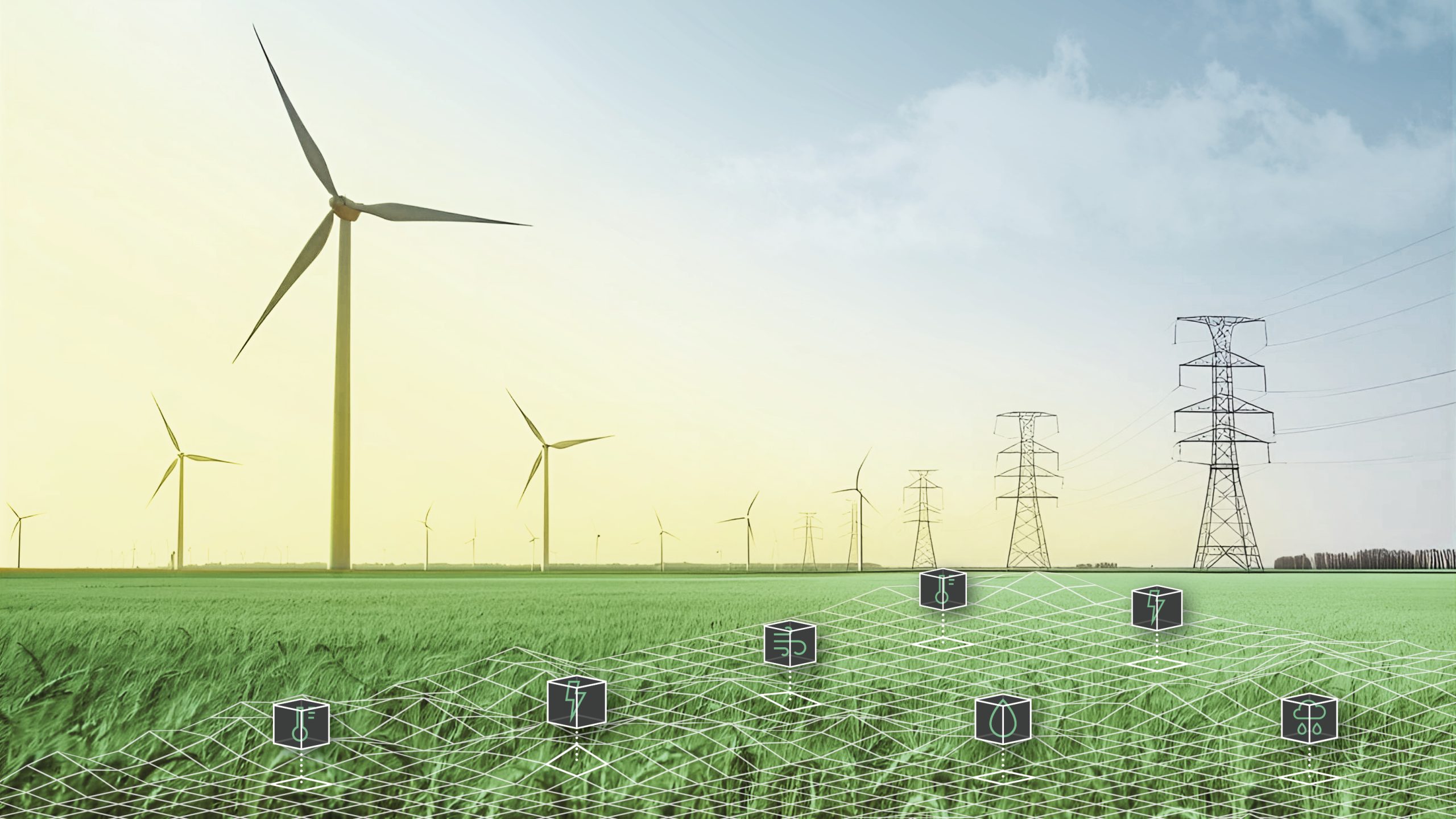Exposure to the weather plays an important role in the management of integrated hydraulic infrastructures, affecting service efficiency and safety. To handle severe weather conditions, meteorological information must include high space-time details and provide ready-to-use outputs that enable operational management of critical situations. This degree of precision is achieved by applying new processing techniques, i.e. retrospective analysis, or reanalysis, techniques that can digitally process all meteorological information obtained from the observational set and distribute this flow over an ordered grid of true and proper virtual weather stations — digital weather monitoring points with no physical instrumentation, but which are highly representative (Fig. 1).

The joint project with Hera S.p.A., designed to monitor the sewage system of Rimini — coordinated by Engineer Sandro Boarini (Manager of the Hera S.p.A. Group Remote Control Centre and Technical Call Centre) involved implementing a territorial weather monitoring system that integrates multiple layers of information: the first layer provides real-time information on rainfall , thanks to data from weather radars installed throughout the territory; the second provides information on lightning and hence on storm activity that can produce particularly intense, localised rainfall (typical in summer, the period specifically targeted by the monitoring); the third, more local, layer of information integrates weather data from Rimini’s proprietary X-band radar, to promptly and accurately analyse current rainfall in the area (using double polarisation technology); finally, the fourth layer provides nowcasting forecasts, using the MeteoCast® platform to provide a detailed display of the evolution in the following hours (Fig. 2).

Hera S.p.A. decided to avail itself of professional meteorological support (Fig. 3) to deal with the critical issues it was facing to safeguard and protect the Rimini coastal environment. The hydraulic framework of this area is quite unique. Here, the main challenge is to contain upstream rainwater — so as to not overtax the lifting devices — and prevent, or at least reduce, the need to discharge it into the sea — with consequent ban on bathing and socio-economic and environmental repercussions.








